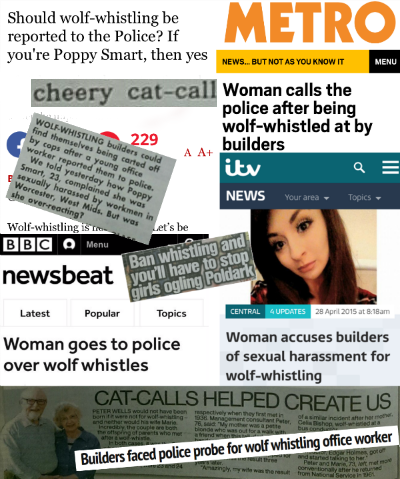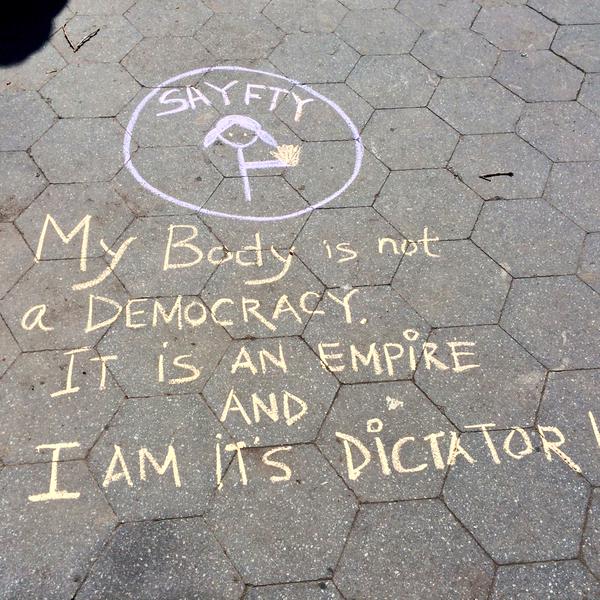I used to walk in my local park and often I would be confronted by more then one person that would harass me. It got to the stage I decided to keep to the public path for my own safety as it happened on more then one occasion. This was worrying for a a women walking in a park on her own!
– M.E.
Location: Burgess Park, CA
Share your street harassment story for the blog.
See the book 50 Stories about Stopping Street Harassers for more idea


